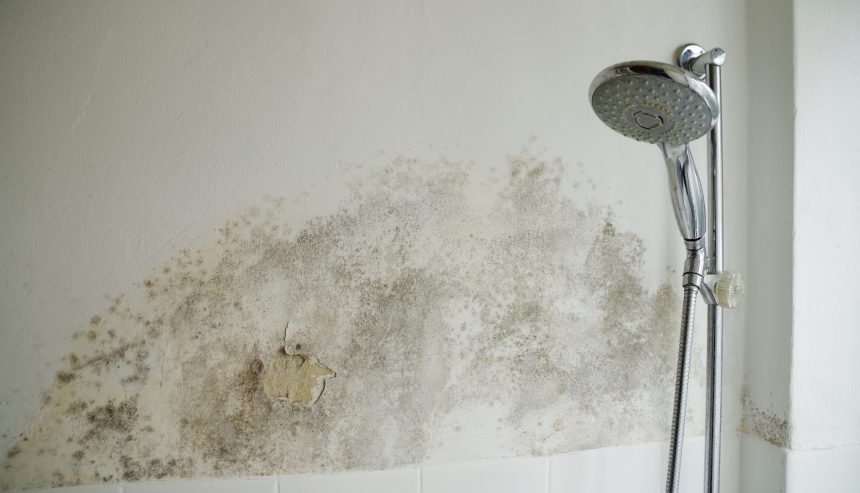Have you been searching for resources on How to Repair and Prevent Bathroom Water Damage?

The bathroom is extremely vulnerable for moist accumulation and possible water damages due to the regular use of water in it. This write-up supplies basic inspection strategies to assist spotting water damage risks.
The frequent use water in the shower room makes it very susceptible for damp accumulation and also prospective water damage. By inspecting it on a regular basis, you can decrease water relevant damages.
The adhering to set of evaluations is easy to execute and ought to be done once in every three months in order to keep your bathroom healthy as well as to avoid potential water damages brought on by the bath tub, the shower, pipe joints and plumbing, sinks, closets, and the commode
Do not disregard performing these assessments and be detailed while doing them. Keep in mind that these straightforward evaluations can save you a great deal of money by offering very early indications for water damages
Tub and Shower
The shower and also tub require unique interest and upkeep. Inspect the tiles and change if split. Ensure that there is no missing out on grout between the floor tiles. Examine and also change cracked caulking at joints where the wall surfaces satisfy the flooring or the bathtub. Obstructed drains and also pipes troubles will certainly prevent the bath tub from drying and also may show major troubles beneath the tub. Consult with a specialist instantly to stop structural damages. Take note of stainings or soft areas around the bath tub walls as they might indicate an interior leak.
Plumbing
Signs for water damages are hard to discover since the majority of pipelines are installed inside the wall surfaces.
Pay unique attention to floor covering and walls dampness and stains as they may suggest an unseen plumbing problem. Inspect dampness levels in adjoining spaces too.
Sinks and also Cabinets
Sinks and cupboards are revealed to moisture as well as moisture day-to-day and also are typically neglected. Evaluate routinely under the sink as well as on the kitchen counter over it. Fix any type of drip in the trap as it may suggest drain problems. Look around the sink, slow draining pipes might suggest a blocked drainpipe. Change sink seals if they are broken or loosened.
The Toilet
The bathroom is an at risk water junction. Examine the water lines and look for leakages around the toilet seat, in the tube, and under the water storage tank. If you identify any signs of moisture on the floor around the toilet, look for leaks in the toilet edge and storage tank seals.
Be aware that hanging bathroom dish antiperspirants enhances the possibilities for blockages.
Water Damage Signs In The Bathroom To Avoid Cleanup
Musty smell
This is one of the easiest signs to catch because musty smells are so odorous. The damp, earthy, moldy smell should be a big red flag. The smell will develop when moisture gets trapped in surfaces, and begins to facilitate mold growth. Leaking pipes under cabinets, inside walls, and behind shower fixtures will cause moisture to stay trapped and not dry, which will lead to mold growth and spread. As soon as you notice any musty smells in your bathroom, have it checked for hidden water damage and cleanup signs.
Visible mold
If the smell isn’t there to give it away, sometimes you will actually see mold growth. Finding mold in your bathroom is a serious problem, because mold is very harmful to your health. By the time mold growth is visible, it also means that water damage has already occurred and been present for some time. The only way the mold problem can be resolved is to find the source of the moisture and get it stopped. To safely and adequately remove mold, you need to have professionals handle the remediation. Do not waste any time in getting mold problems addressed, fixed, and sanitized so that you can protect you and your family from the many respiratory symptoms caused by mold exposure.
Damaged floors
Bathroom floors should be able to withstand some exposure to water while still remaining in good condition. However, when excess exposure or water leaks occur, they will begin to damage even the most water-resistant flooring. If you notice any cracking, bubbling, staining, or warping on your bathroom floors, there is probably a water leak somewhere causing the distortion. If you notice areas of the floor have become softer, or even have a spongy feeling, there is probably damage to the subfloor. Subflooring is typically made up of plywood. When plywood is exposed to water or moisture, it will absorb it. Once it has become saturated, the weight of the excess water will cause the wood to swell and soften. Check the floors in your bathroom frequently to catch any of these sings before they lead to damaged subflooring.
Changes on walls
When water leaks behind walls, it will cause changes in the drywall. Peeling plaster, blistering paint, and soggy wallpaper are all good indicators that excess water is building up behind the wall. Water leaking behind drywall will cause it to swell and be soft to the tough. If you start to notice gaps along the trim of your walls, or where tile meets the wall, it could also be a strong indicator that there is a leak behind the wall. Any changes, distortion, or damage on the walls should be evaluated as soon as you notice it to prevent further water damage and cleanup.

I recently found that piece about Looking for Signs of Water Damage in the Bathroom when browsing the web. Are you aware of somebody who is excited about the topic? Do not hesitate to promote it. Many thanks for your time. Kindly check up our blog back soon.
Services